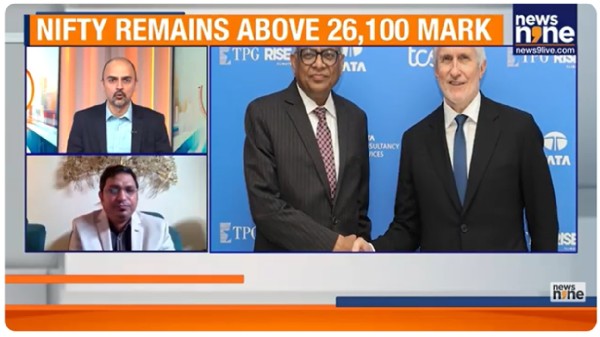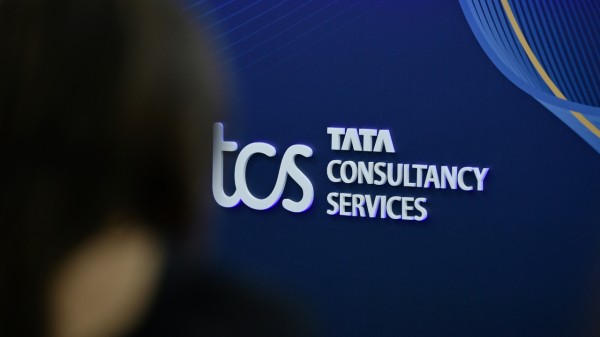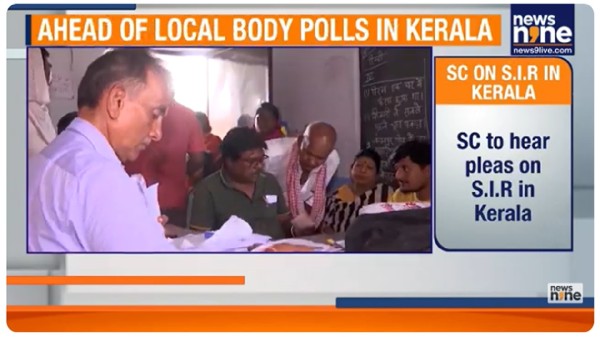

By signing in or creating an account, you agree with Associated Broadcasting Company's Terms & Conditions and Privacy Policy.


By signing in or creating an account, you agree with Associated Broadcasting Company's Terms & Conditions and Privacy Policy.

Kolkata: Employees’ Provident Fund, referred to popularly as EPF or simply PF, is one of the primary social security schemes targeted at the employees of the formal sector in India. For any employee in a business unit that has more than 20 employee, it is mandatory. The sole purpose of capital accumulation in the EPF account is to offer employees, and their family members, a corpus of money that they can use in their old age after retirement.
EPF rules state, employees must contribute 12% of their basic pay every month to this fund. The same amount is contributed by the employer though only 3.67% is put into the EPF account while the rest 833% is stored in a EPS account from where monthly pension is paid to the employee and to his/her family members after the death of the EPF subscriber. Let's now turn to the situations where an employee can go for partial and premature withdrawal from the EPF.
This is a very common question among many employees. What is important to note is that the funds are tax-free at the time of withdrawal in most situations. However, a full withdrawal of the entire corpus before retirement is seldom possible. An employee can withdraw the following share of the amount accumulated in his/her EPF account in the following situations:
Remaining unemployed: If one remains unemployed for more than one month, one can withdraw up to 75% of the amount in the EPF account But if the period of unemployment extends to more than two months, the full amount can be withdrawn.
Medical treatment: A maximum of six times the monthly basic pay can be withdrawn. It can be done for treatment of self, spouse, children and/or parents.
Marriage: Up to 50% of employee’s share of contribution to EPF. The marriage has to be of self, son/daughter and brother/sister.
Education: Up to 50% of employee’s share of contribution to EPF can be taken out. The education expenses has to be for the account holder himself or herself of child (only post matriculation)
Purchase of land, purchase/construction of house: A maximum of 24 times of monthly basic salary plus DA can be withdrawn. For house the amount is a maximum of 36 times of monthly basic salary plus DA. The house/fat should be in the name of the employee (or jointly with the spouse). Can be taken out just once during the entire service period.
Home loan repayment: It should be leats among the following -- Up to 36 times of monthly basic salary + DA, Total corpus consisting of employer and employee’s contribution with interest, Total outstanding principal and interest on housing loan.
House renovation: The least of the following items can be withdrawn -- Up to 12 times the monthly wages + DA, Employees contribution with interest or Total cost. In this case too, the asset must be registered in the name of the employee (or jointly with spouse)
Partial withdrawal before retirement: Up to 90% of balance and interest. Only after employee is past 54 and within one year of retirement.












